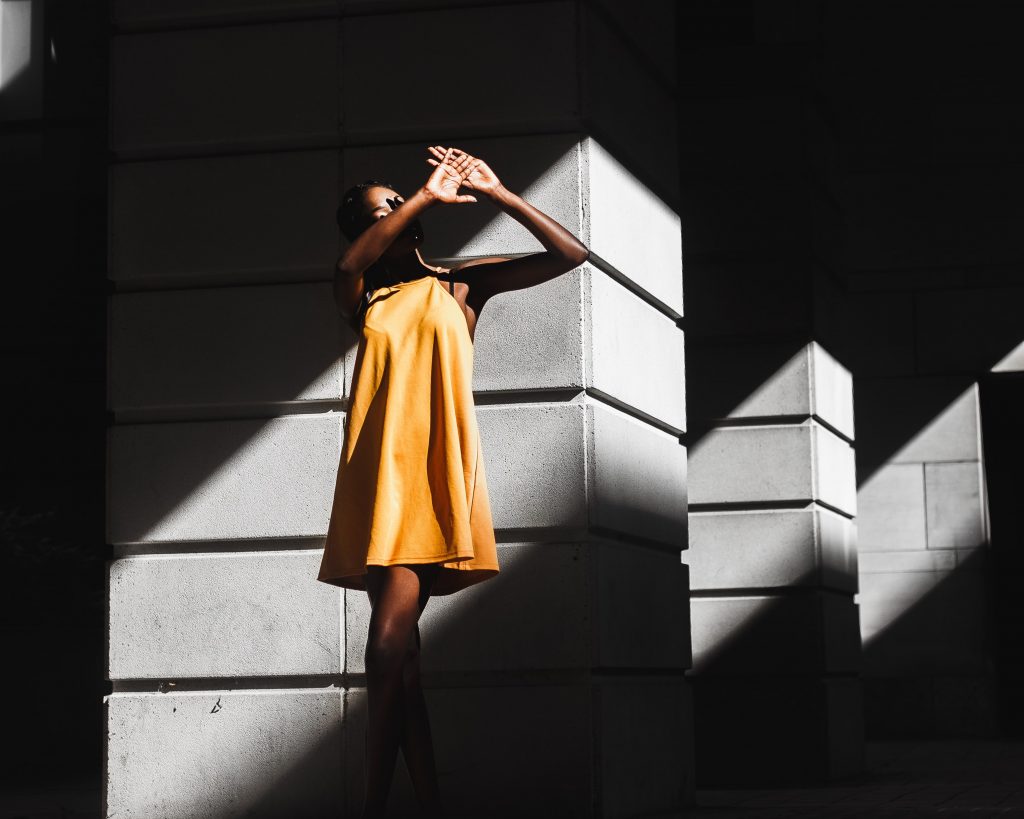Introduction
In today’s digital age, websites have become the cornerstone of businesses, organizations, and individuals alike. With millions of websites vying for users’ attention, it is crucial to create an impactful and engaging online presence. One effective way to achieve this is by utilizing visual contrast—a powerful design principle that can make your website stand out from the competition. In this blog post, we will explore the importance of visual contrast for websites and discuss how it can enhance the user experience.
- Understanding Visual Contrast
- Visual contrast refers to the difference in visual elements such as color, size, shape, texture, and brightness. It creates a distinct separation between various elements on a web page, making it easier for users to understand and navigate through the content. By strategically implementing visual contrast, web designers can guide users’ attention, improve readability, and create a visually appealing website.
- Guiding User Attention
- One of the primary benefits of visual contrast is its ability to guide users’ attention. By using contrasting colors, sizes, or shapes, you can draw attention to specific elements on your website, such as important content, calls-to-action, or navigation menus. This helps users quickly identify and interact with the most relevant parts of the webpage, resulting in a more intuitive and user-friendly experience.
- Improving Readability
- Readable content is crucial for keeping users engaged and encouraging them to explore your website further. Visual contrast plays a vital role in improving readability by ensuring that text and other visual elements are easily distinguishable from the background. For example, using a dark font color on a light background or vice versa enhances legibility. Similarly, employing appropriate contrast between text and images helps prevent eye strain and allows users to consume the content effortlessly.
- Creating Visual Hierarchy
- Visual contrast also helps establish a clear visual hierarchy on a webpage. By assigning different levels of contrast to various elements, you can communicate their relative importance and guide users’ scanning patterns. For instance, a large, bold headline with high contrast will naturally capture users’ attention first, while secondary information can be presented with reduced contrast. This hierarchical organization helps users navigate through the content and understand the information flow more easily.
- Enhancing Visual Appeal
- Finally, visual contrast plays a significant role in enhancing the overall visual appeal of a website. A well-designed contrast can create a sense of balance, harmony, and visual interest, making the website more visually appealing to users. By carefully selecting contrasting colors and elements, you can create a visually striking and memorable design that sets your website apart from the rest.

Conclusion
In the competitive world of web design, visual contrast emerges as a key component for creating engaging and user-friendly websites. By employing contrast effectively, designers can guide users’ attention, improve readability, establish visual hierarchy, and enhance the overall visual appeal. Whether it’s through the strategic use of color, size, shape, or texture, visual contrast has the power to make your website stand out, leaving a lasting impression on your visitors. As you embark on your web design journey, remember to leverage the potential of visual contrast and unleash the full potential of your website’s user experience.
By harnessing the power of visual contrast, you can ensure that your website not only captivates users but also provides them with an intuitive and enjoyable browsing experience. So, go ahead, experiment with visual contrast, and unlock the true potential of your web design endeavors.
